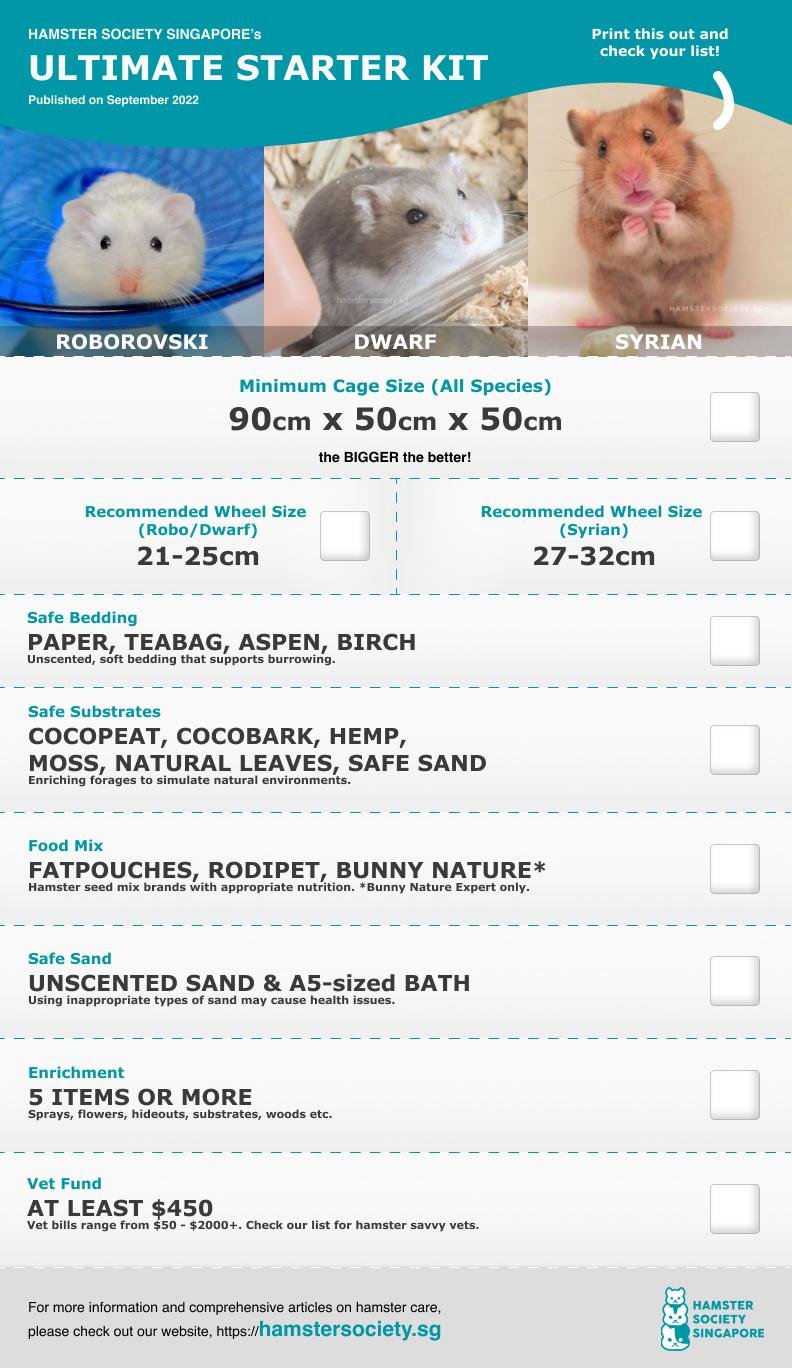The Ultimate Hamster Breed List
Hamsters are one of the most popular pets worldwide, adored for their playful personalities and small size. This article aims to provide you with a comprehensive guide to various hamster breeds, allowing you to find the perfect companion for your home. From the fluffy Syrian to the tiny Roborovski, each breed has unique characteristics and care needs.
Understanding Hamster Breeds
The first step in hamster ownership is understanding the different hamster breeds available. Each breed varies in size, temperament, coat types, and care requirements. For instance, Syrian hamsters are well known for being larger and often more sociable than their dwarf cousins. On the other hand, dwarf hamster breeds generally exhibit more playful behavior but require more careful handling due to their smaller size. Selecting the right breed is crucial for ensuring compatibility with your lifestyle and preferences.
Syrian Hamster
The Syrian hamster, also known as the golden hamster, is the most common pet hamster breed. They are solitary animals and can grow up to 6-7 inches long. They are typically playful and affectionate with their owners but should be housed alone to prevent territorial disputes. Syrian hamsters come in various colors and coat types, including long-haired and short-haired varieties. Their docile nature makes them an excellent choice for families and novice owners alike.

Dwarf Hamster Varieties
Dwarf hamsters encompass several different species that are significantly smaller than their Syrian counterparts. Notable varieties include the Campbell’s dwarf hamster, Winter White dwarf hamster, and the Roborovski dwarf hamster. Each has its distinct traits: Campbell’s are known for their adaptability and ease of handling, while Winter Whites are famous for their charming personalities. Roborovski hamsters are the smallest, known for their speed and playful antics, making them a favorite among hamster enthusiasts.

Choosing the Right Habitat
Providing the right habitat for your hamster breed is crucial for their happiness and health. Typically, hamsters require an enclosure that allows for plenty of room to explore and exercise. Syrian hamsters need at least a 24″x12″ cage, while dwarf hamsters can thrive in slightly smaller habitats. Regardless of the breed, ensure the cage has adequate ventilation, solid flooring, and opportunities for climbing and burrowing by incorporating tunnels, chew toys, and blankets.
Cage Setup and Enrichment
An enriching environment can greatly enhance your hamster’s quality of life. Provide bedding that allows for digging, such as aspen shavings or paper-based materials. Include a wheel appropriate for their size — Syrian hamsters should have a wider wheel, while dwarf hamsters can use a smaller design. Additionally, add items like hideouts, chew toys, and climbing structures to stimulate your hamster’s natural behaviors. Regularly rotating toys can prevent boredom and keep your pet engaged.
Feeding Your Hamster
Understanding the dietary needs of your chosen hamster breed is essential for ensuring their health. A balanced diet typically consists of high-quality hamster pellets or mixes, supplemented with fresh fruits and vegetables. Syrian hamsters can consume more diverse foods, while dwarf breeds require special care to prevent diabetes, which can make them gravitate towards high-sugar fruits. Always remove any uneaten foods from their habitat to keep the living area clean and hygienic.
Fresh Food Guidelines
When introducing fresh fruits and vegetables to your hamster’s diet, start with small amounts to monitor their reaction. Good options include carrots, cucumber, and leafy greens. Avoid feeding your hamster citrus fruits or the pits of the avocado, as these can be harmful. It’s also vital to ensure fresh water is always available, utilizing a hanging water bottle that minimizes spillage and contamination.
Health and Care Tips
When you own a hamster, understanding their healthcare and behavioral cues is paramount. Regular health check-ups with a veterinarian who specializes in small animals are important for preventing disease and ensuring your hamster remains healthy. Observe them frequently for signs of stress or illness, such as changes in appetite, lethargy, or unusual behavior.
Common Health Issues
Hamsters may face several health issues throughout their lifetime, notably dental problems and obesity. Regularly assess your hamster’s physical condition, and consult a veterinarian if you notice any signs of discomfort. Maintaining a proper diet, along with sufficient exercise, can prevent excessive weight gain, while ensuring they have chew toys available will maintain healthy teeth. Additionally, create a stress-free environment by managing their exposure to loud noises and sudden movements.
Key Takeaways
– **Understand different hamster breeds** to find the best fit for your lifestyle.
– **Create a comfortable habitat** with proper bedding, toys, and ample space to keep your hamster engaged.
– **Feed a balanced diet** tailored to your hamster’s specific needs and watch out for common health issues.
FAQ
1. How long do hamsters typically live?
Hamsters generally live for 2 to 3 years, but this can vary depending on the breed. Syrian hamsters may live up to 3 years with proper care, while dwarf hamsters can have a lifespan of 2-2.5 years.
2. Can different hamster breeds live together?
It is not recommended to house different hamster breeds together. Syrian hamsters are solitary animals and should be kept alone, while dwarf hamsters may fight if not appropriately paired. Always observe their behavior during introductions to ensure compatibility.
3. What are the best habitats for hamsters?
A good hamster habitat should provide sufficient space, ventilation, and opportunities for enrichment. Cages that are at least 24″x12″ with solid flooring work well for Syrian hamsters, while dwarf breeds can be housed in slightly smaller cages. Ensure the enclosure has bifurcations for climbing, chewing, and digging.
4. How often should I clean my hamster’s cage?
Your hamster’s cage should be cleaned once a week, including changing the bedding and removing any leftover food. A deeper clean can be undertaken once a month to prevent odors and keep your hamster healthy.
5. What types of toys are safe for hamsters?
Safe toys for hamsters include tunnels, chew toys made from wood, and exercise wheels. Always ensure that any toys are non-toxic and appropriately sized for your chosen breed. Avoid items with small removable parts that can pose a choking hazard.
6. Can hamsters eat fruits?
Yes, hamsters can eat certain fruits in moderation. Safe options include apples, bananas, and strawberries. Avoid high-sugar fruits, especially for dwarf hamsters, and always remove any uneaten fresh food after a few hours to maintain hygiene.
7. How can I tell if my hamster is sick?
Signs that your hamster may be sick include lethargy, changes in appetite, unusual weight loss or gain, and abnormal behavior. If you notice these symptoms, consult a veterinarian to assess your hamster’s health.
